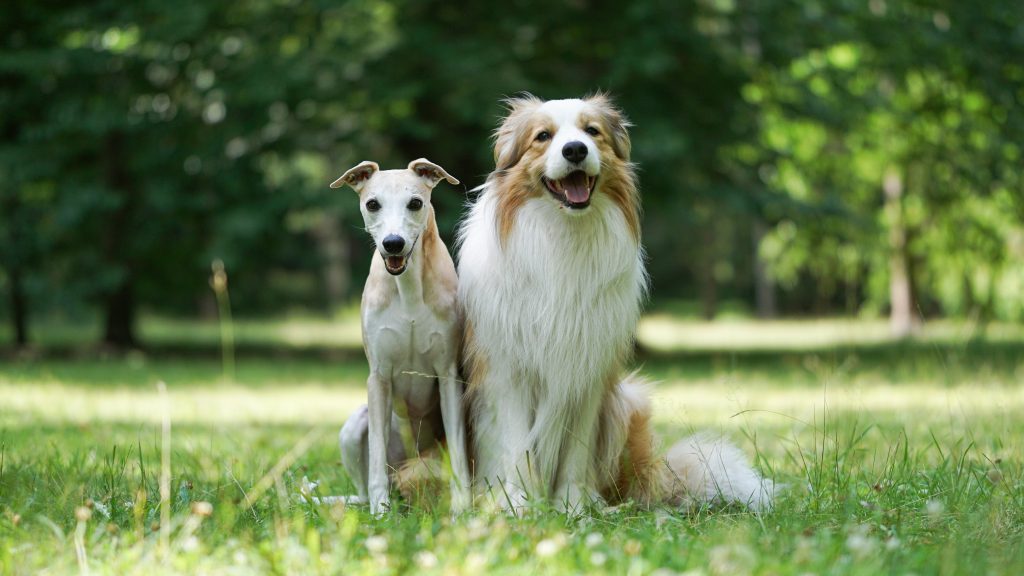How Often Should You Groom Your Pet? A Breed-by-Breed Guide

Introduction
Is your furry friend looking a little scruffy? Discover the grooming secrets that will keep your pet looking and feeling their best! Grooming is not just about aesthetics; it plays a crucial role in your pet's health and well-being. In this breed-by-breed grooming guide, we will explore how often you should groom your pet based on their coat type, breed characteristics, and health considerations.
What is Pet Grooming and Why is it Important?
Pet grooming encompasses a variety of practices aimed at maintaining your pet's hygiene and appearance. Regular grooming offers numerous benefits, including:
-
Health: It helps prevent skin infections, matting, and dental issues.
-
Hygiene: Regular grooming removes dirt, debris, and loose fur, promoting overall cleanliness.
-
Bonding: Grooming provides an opportunity for pet owners to bond with their pets, enhancing trust and affection.
Additionally, grooming has psychological benefits for both pets and owners. It can reduce stress and anxiety in pets while providing a calming experience for owners, fostering a deeper emotional connection.
Grooming Frequency Based on Coat Types
Long Coats
-
Frequency: Requires more frequent grooming (2-3 times a week).
-
Examples: Afghan Hound, Shih Tzu.
Short Coats
-
Frequency: Less frequent grooming (once a week).
-
Examples: Beagle, Boxer.
Double Coats
-
Frequency: Seasonal shedding requires more attention (every 1-2 weeks).
-
Examples: Siberian Husky, Golden Retriever.
Doodles and Curly Coats
-
Frequency: Regular grooming (every 4-6 weeks) to prevent matting.
-
Examples: Labradoodle, Cockapoo.
Grooming Needs for Unique Breeds
Brachycephalic Breeds
-
Focus: Special attention to facial folds and skin care (weekly checks).
-
Examples: Bulldog, Pug.
Cats
-
Frequency: Varies by breed; long-haired cats need more frequent grooming (2-3 times a week).
-
Examples: Persian, Maine Coon.
Essential Grooming Tools for Every Pet Owner
When grooming your pet, using the right tools is essential. Here are some must-have grooming tools:
-
Brushes: Choose based on coat type; slicker brushes for long coats, bristle brushes for short coats.
-
Combs: Fine-toothed combs help remove tangles and check for fleas.
-
Clippers: Essential for trimming nails and fur.
-
Shampoo: Use pet-safe shampoos tailored to your pet's skin type.
How to Make Grooming a Positive Experience
Making grooming a positive experience is crucial for your pet's comfort. Here are some tips:
-
Introduce Gradually: Start with short grooming sessions and gradually increase the duration.
-
Use Positive Reinforcement: Reward your pet with treats and praise during grooming to create positive associations.
-
Establish a Routine: Regular grooming schedules help pets feel secure and comfortable.
Conclusion
Now that you know how often to groom your pet, are you ready to transform grooming time into bonding time? Remember, grooming frequency varies based on breed and coat type, so tailor your approach accordingly.

